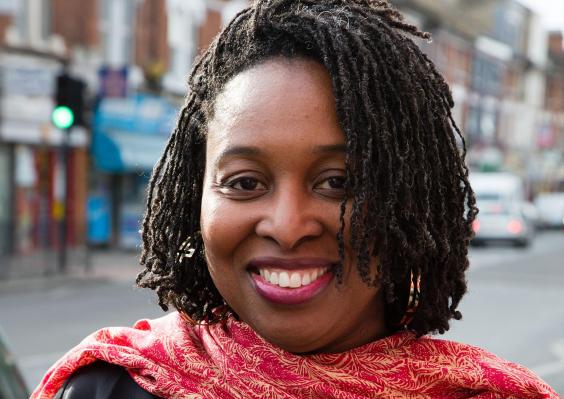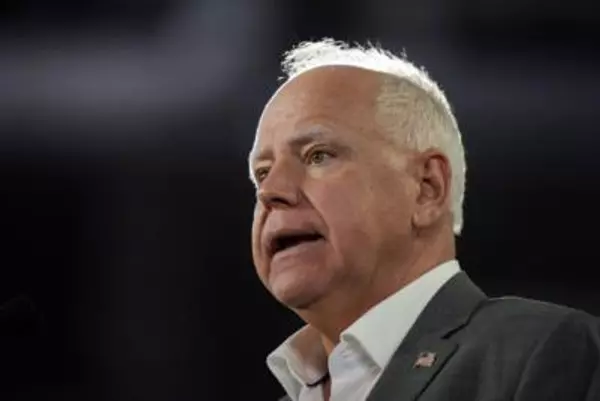As Britain’s pupils return to school for the start of the new academic year, Google marks the occasion with a new Doodle paying tribute to the invention of British Sign Language (BSL).
BSL is a vital tool that has enabled generations of young deaf and speech-impaired students in the UK to communicate with their teachers and classmates, ensuring their disability does not have a negative impact on their opportunities in the classroom.
But how was BSL first conceived? Who invented it and how was it first developed?
BSL was invented by Thomas Braidwood (1715–1806), a maths teacher from Edinburgh who opened a school for the deaf in the Scottish capital in 1760.
Braidwood’s Academy for the Deaf and Dumb initially had only one student, 10-year-old Charles Shirreff, the son of a local vintner who grew up to be a portrait painter.
The great lexicographer Dr Samuel Johnson visited the school on his celebrated tour of the Highlands in October 1773 and recorded in his diary:
“There is one subject of philosophical curiosity in Edinburgh which no other city has to show; a College for the Deaf and Dumb, who are taught to speak, to read and to write, and to practise arithmetic, by a gentleman whose name is Braidwood. It was pleasing to see one of the most desperate of human calamities capable of so much help: whatever enlarges hope will exalt courage. After having seen the deaf taught arithmetic, who would be afraid to cultivate the Hebrides.”
By 1780, Braidwood had 20 pupils on his books as the institution’s fame spread. In 1783, the founder moved with his family to Hackney to open a London branch off Mare Street. His nephew Joseph Watson later succeeded him as the institution’s headmaster while all three of Braidwood’s daughters – Margaret, Elizabeth and Isabella – grew up to become teachers to the deaf and dumb.
The Braidwood schools’ most famous graduates include astronomer John Goodricke, MP and governor of Barbados Francis Mackenzie, genealogist John Philip Wood and artist Thomas Arrowsmith.
Braidwood’s primary innovation was formalising the use of hand gestures to illustrate words, phrases and emotions. Children unable to hear or speak were previously encouraged to lip-read or simply goaded into trying to force themselves to speak, so rudimentary was the understanding of the affliction at the time. Braidwood's "fingerspelling" approach marked a major breakthrough.
Braidwood’s method gradually evolved into a complex alphabet of words and meaning, allowing BSL users to communicate as fluently and with as broad a vocabulary as those with the power of speech.
By 2003, BSL had been accepted by the UK government as an official minority language. In March this year, Labour’s MP for Brent Central, Dawn Butler, became the first in history to ask a question in the House of Commons using sign language, calling on Theresa May’s Cabinet to give BSL legal status on behalf of Britain’s 900,000 deaf and dumb citizens.








